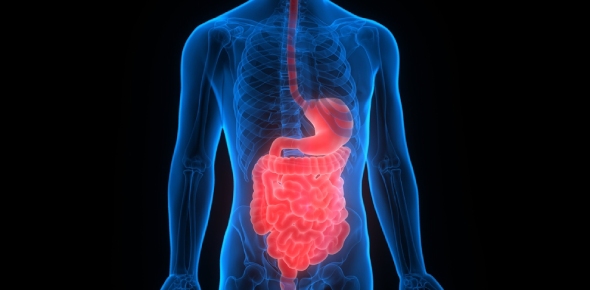Human Body Pre-assessment (Grade 8)
Submit
Personalize your quiz and earn a certificate with your name on it!
Submit
Quiz Review Timeline (Updated): Oct 21, 2024 +
Our quizzes are rigorously reviewed, monitored and continuously updated by our expert board to maintain accuracy, relevance, and timeliness.
-
Current Version
-
Oct 21, 2024Quiz Edited by
ProProfs Editorial Team -
Dec 19, 2009Quiz Created by
Tagscience
















